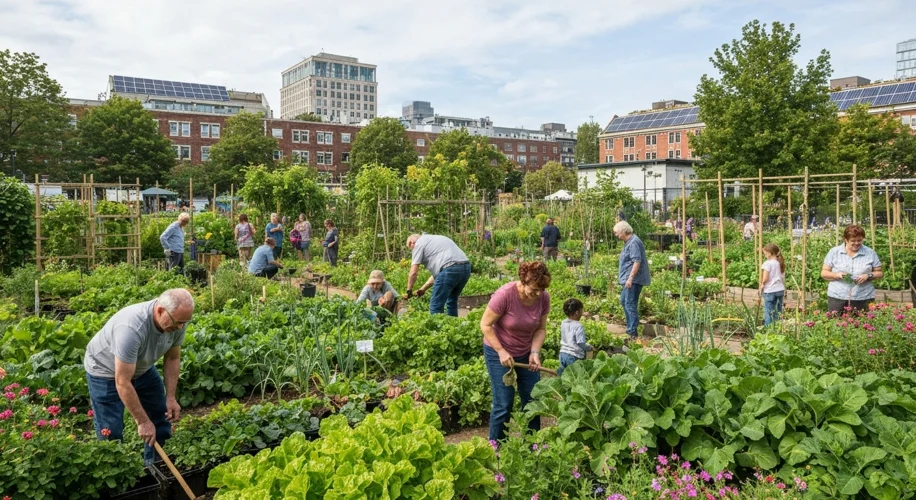When we talk about climate change, it’s easy to feel overwhelmed. The scale of the problem can seem so vast, so global, that our individual actions feel like a drop in the ocean. But what if I told you that some of the most powerful solutions are happening right in our own neighborhoods, driven by the people who know them best?
I’m Simone Dubois, and as someone who studies climate science, I’m constantly looking for hope. And I’ve found it in community-led initiatives tackling climate change head-on. These aren’t just feel-good projects; they are vital steps towards climate justice and building more resilient, equitable futures.
What is Climate Justice?
At its heart, climate justice recognizes that the impacts of climate change are not felt equally. Often, the communities that have contributed the least to the problem are the ones suffering the most. This can be due to historical inequities, lack of investment, or being located in areas more vulnerable to extreme weather. Climate justice aims to correct this by centering the needs and voices of these frontline communities in climate solutions.
Communities in Action: Real-World Examples
Let’s talk about some inspiring examples:
- Urban Greening and Cooling: In many cities, the “urban heat island” effect makes neighborhoods significantly hotter than surrounding rural areas. This disproportionately affects low-income communities and communities of color, which often have less green space. Projects like community gardens, tree-planting drives, and the creation of “cool roofs” are transforming these areas. In [City Name Example, e.g., Phoenix, Arizona], residents came together to plant native trees along streets, creating much-needed shade and reducing energy costs for cooling.
- Renewable Energy Cooperatives: Did you know that communities can own and benefit from renewable energy projects? Energy cooperatives, where members collectively invest in and share the benefits of solar or wind farms, are gaining traction. This model not only provides clean energy but also creates local jobs and keeps energy dollars within the community. Think of a town in [Region Example, e.g., rural Wisconsin] where a farmer’s cooperative installed solar panels, generating income and powering their farms with clean energy.
- Sustainable Agriculture and Food Security: Climate change threatens our food supply. Community-supported agriculture (CSA) programs and urban farms are reconnecting people with their food, promoting sustainable farming practices, and increasing access to fresh, healthy produce, especially in underserved areas. In [City Name Example, e.g., Detroit, Michigan], vacant lots have been transformed into thriving urban farms, providing fresh food and educational opportunities.
- Waste Reduction and Circular Economy Projects: From community composting initiatives to repair cafes and material reuse centers, these projects divert waste from landfills and reduce the need for new resource extraction. They foster a more circular economy, where resources are kept in use for as long as possible.
Your Role in Community-Led Solutions
So, how can you get involved?
- Get Informed Locally: Find out what climate and environmental initiatives are happening in your own town or city. Attend local council meetings, follow community groups online, and see where the needs are.
- Volunteer Your Time or Skills: Many community projects rely on volunteers. Whether it’s planting trees, helping at a community garden, or sharing your professional skills, your contribution matters.
- Support Local Businesses: Choose businesses that prioritize sustainability and community well-being.
- Share Your Voice: Talk to your neighbors, friends, and local representatives about the importance of community-driven climate action.
These initiatives demonstrate that while the challenges of climate change are significant, so is our collective power to create meaningful change from the ground up. By supporting and participating in community-led solutions, we can build a more just and sustainable future for everyone. I’m learning alongside you on this journey, and I’m incredibly hopeful about what we can achieve together.

